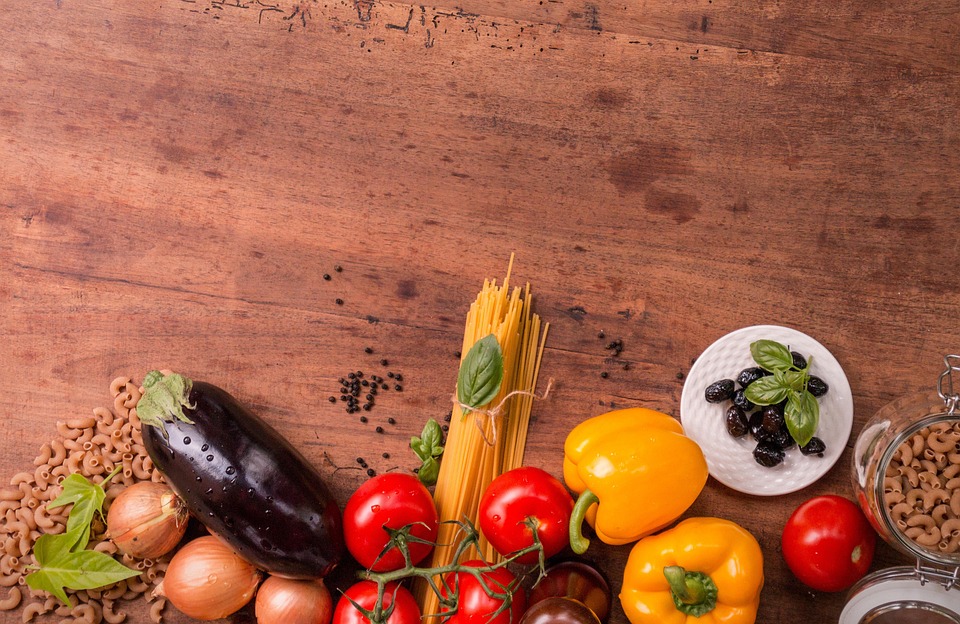The Mediterranean region has long been synonymous with rich culinary traditions that weave together the flavors, scents, and agricultural practices of diverse cultures. At the heart of this vibrant culinary tapestry lie the spice routes and olive groves, two essential components that have shaped not only the food of the Mediterranean but also its history, trade, and cultural exchanges.
The Spice Routes: Culinary Connections Across Continents
The Mediterranean has historically served as the crossroads of civilizations, where East meets West. During ancient times, the Spice Routes emerged as crucial trade networks, facilitating the exchange of spices, herbs, and aromatic substances that would transform culinary practices across empires.
Spices such as saffron, nutmeg, cinnamon, and pepper were not merely flavoring agents; they were valuable commodities treated as currency in trade. The spices brought from the East by traders and merchants found their way to the Mediterranean, where they influenced the local cuisines and lifted the culinary standards of the time.
The Romans, for instance, embraced exotic spices in their cooking, significantly enhancing their dishes’ flavors. A testament to this cultural amalgamation can be found in the famous Roman cookbook "Apicius," which showcases a variety of spice-infused recipes.
Moreover, the spice routes did more than just transport flavors; they facilitated interaction among diverse cultures. This merging of culinary practices led to the development of distinct regional cuisines. The introduction of spices into Mediterranean diets not only added layers of flavor but also highlighted the rich agricultural diversity of the region.
Olive Groves: A Cornerstone of Mediterranean Agriculture
Alongside spices, olives and olive oil are central to Mediterranean cuisine, with a history that stretches back thousands of years. The cultivation of olives can be traced to the ancient civilizations of Greece and Rome, where olive oil was regarded as liquid gold. It wasn’t just a culinary staple; it was imbued with cultural and religious significance.
In Greece, olive trees were considered sacred. According to mythology, Athena, the goddess of wisdom, gifted the olive tree to the city of Athens, establishing it as a symbol of peace and prosperity. Olive oil was used in cooking, ceremonial rites, and even as a form of currency—further showcasing its value in ancient societies.
The Mediterranean climate, characterized by hot, dry summers and mild, wet winters, is ideal for olive cultivation. Today, countries like Spain, Italy, and Greece are prime producers of olives and olive oil, ensuring that this cornerstone of Mediterranean cuisine continues to thrive.
The Culinary Legacy: A Symphony of Flavors
The intersection of spices and olives is where much of the Mediterranean’s culinary richness resides. Dishes like hummus, tapenade, and various stews and sauces exemplify the harmonious blend of these ingredients. For instance, the combination of garlic, olive oil, and a pinch of harissa—an aromatic North African chili paste—creates a culinary symphony that reflects the region’s diverse influences.
The Mediterranean diet, recognized by UNESCO as an Intangible Cultural Heritage, aligns closely with this history of flavors. Rich in vegetables, fruits, whole grains, and healthy fats from olive oil, this diet promotes not just physical health but also social connections, as meals are often enjoyed with family and friends.
Contemporary Relevance
In today’s global food landscape, the importance of Mediterranean cuisine continues to grow. Chefs around the world draw inspiration from traditional methods and local ingredients, while home cooks embrace the simplicity and health benefits of Mediterranean cooking. The cultural narratives embedded within dishes like tzatziki, paella, or moussaka remind us of our shared human experience and the interconnectedness forged through food.
Moreover, with a rising awareness of sustainability and local sourcing, the significance of olive groves and the prudent use of spices represents a potential pathway for ethical culinary practices.
Conclusion
The rich history of Mediterranean food is captured in the myriad stories of spice routes and olive groves. As these threads intertwine, they reveal not only the complexities of the region’s culinary traditions but also the communal bonds that food creates. The next time a fragrant bowl of olives or a pot of spiced stew adorns your table, remember that with every bite comes a rich heritage that transcends time and borders—an enduring legacy of flavor, culture, and unity in the Mediterranean.



